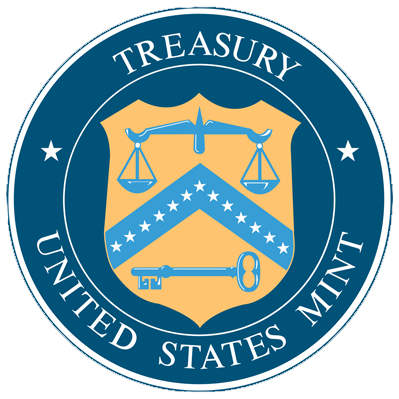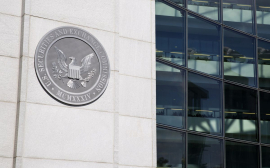Description
The United States Mint is a bureau of the Department of the Treasury responsible for producing coinage for the United States to conduct its trade and commerce, as well as controlling the movement of bullion. It does not produce paper money; that responsibility belongs to the Bureau of Engraving and Printing. The first United States Mint was created in Philadelphia in 1792, and soon joined by other centers, whose coins were identified by their own mint marks. There are currently four active coin-producing mints: Philadelphia, Denver, San Francisco, and West Point.
Functions
The Mint manages extensive commercial marketing programs. The product line includes special coin sets for collectors, national medals, American Eagle gold, silver and platinum bullion coins, and commemorative coins marking national events such as the Bicentennial of the Constitution. The Mint's functions include:
- Producing domestic, bullion and foreign coins;
- Manufacturing and selling national commemorative medals;
- Designing and producing the congressional gold medals;
- Designing, producing, and marketing special coinage;
- Safeguarding and controlling the movement of bullion;
- Disbursing gold and silver for authorized purposes;
- Distributing coins from the various mints to Federal Reserve Banks.
In 2000, the Mint was responsible for the production of 28 billion coins. See United States Mint coin production for annual production values of each coin.
The United States Mint Police, a federal law enforcement agency, is responsible for the protection of Mint facilities, employees and reserves.
The production and sale of circulating coinage and the other functions of the Mint are funded through the United States Mint Public Enterprise Fund, established in 1995. Any profits made by the Fund in excess of operating requirements are returned to the Treasury. Government procurement regulations do not apply to the Mint's procurement and contracting activity.
























